Xiaobo Chen
Yi-Lightning Technical Report
Dec 03, 2024



Abstract:This technical report presents Yi-Lightning, our latest flagship large language model (LLM). It achieves exceptional performance, ranking 6th overall on Chatbot Arena, with particularly strong results (2nd to 4th place) in specialized categories including Chinese, Math, Coding, and Hard Prompts. Yi-Lightning leverages an enhanced Mixture-of-Experts (MoE) architecture, featuring advanced expert segmentation and routing mechanisms coupled with optimized KV-caching techniques. Our development process encompasses comprehensive pre-training, supervised fine-tuning (SFT), and reinforcement learning from human feedback (RLHF), where we devise deliberate strategies for multi-stage training, synthetic data construction, and reward modeling. Furthermore, we implement RAISE (Responsible AI Safety Engine), a four-component framework to address safety issues across pre-training, post-training, and serving phases. Empowered by our scalable super-computing infrastructure, all these innovations substantially reduce training, deployment and inference costs while maintaining high-performance standards. With further evaluations on public academic benchmarks, Yi-Lightning demonstrates competitive performance against top-tier LLMs, while we observe a notable disparity between traditional, static benchmark results and real-world, dynamic human preferences. This observation prompts a critical reassessment of conventional benchmarks' utility in guiding the development of more intelligent and powerful AI systems for practical applications. Yi-Lightning is now available through our developer platform at https://platform.lingyiwanwu.com.
The Z-axis, X-axis, Weight and Disambiguation Methods for Constructing Local Reference Frame in 3D Registration: An Evaluation
Apr 17, 2022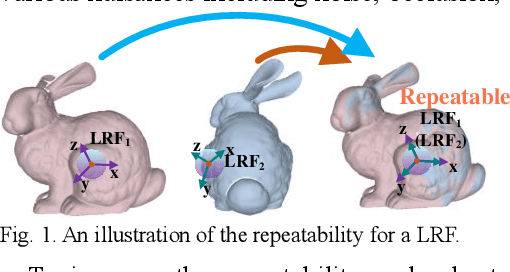

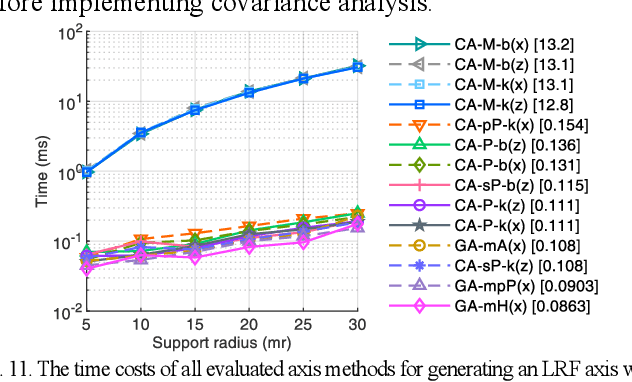
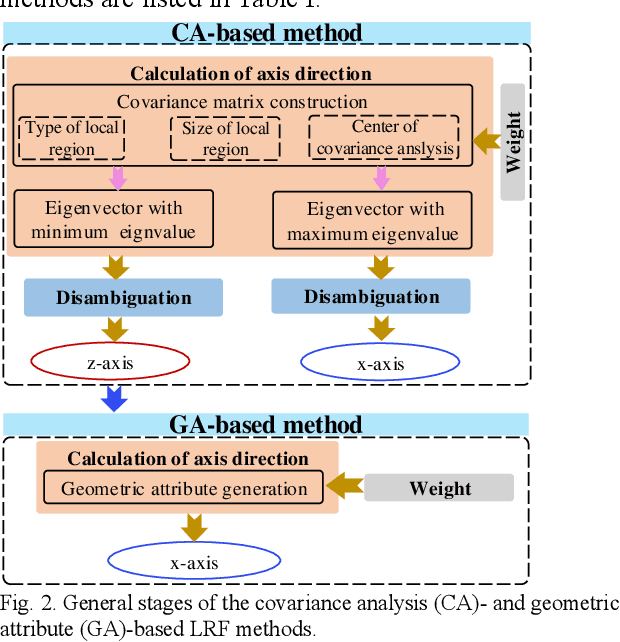
Abstract:The local reference frame (LRF), as an independent coordinate system generated on a local 3D surface, is widely used in 3D local feature descriptor construction and 3D transformation estimation which are two key steps in the local method-based surface matching. There are numerous LRF methods have been proposed in literatures. In these methods, the x- and z-axis are commonly generated by different methods or strategies, and some x-axis methods are implemented on the basis of a z-axis being given. In addition, the weight and disambiguation methods are commonly used in these LRF methods. In existing evaluations of LRF, each LRF method is evaluated with a complete form. However, the merits and demerits of the z-axis, x-axis, weight and disambiguation methods in LRF construction are unclear. In this paper, we comprehensively analyze the z-axis, x-axis, weight and disambiguation methods in existing LRFs, and obtain six z-axis and eight x-axis, five weight and two disambiguation methods. The performance of these methods are comprehensively evaluated on six standard datasets with different application scenarios and nuisances. Considering the evaluation outcomes, the merits and demerits of different weight, disambiguation, z- and x-axis methods are analyzed and summarized. The experimental result also shows that some new designed LRF axes present superior performance compared with the state-of-the-art ones.
Brain Network Construction and Classification Toolbox (BrainNetClass)
Jun 17, 2019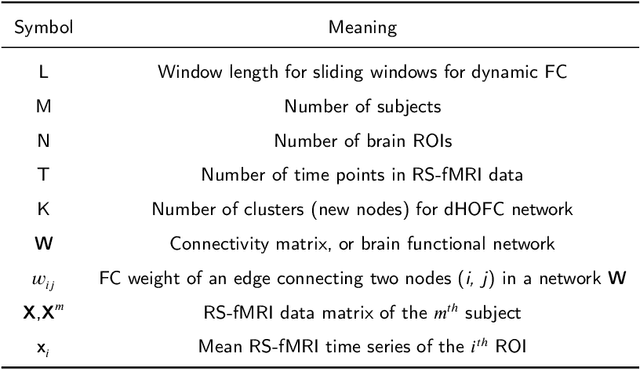
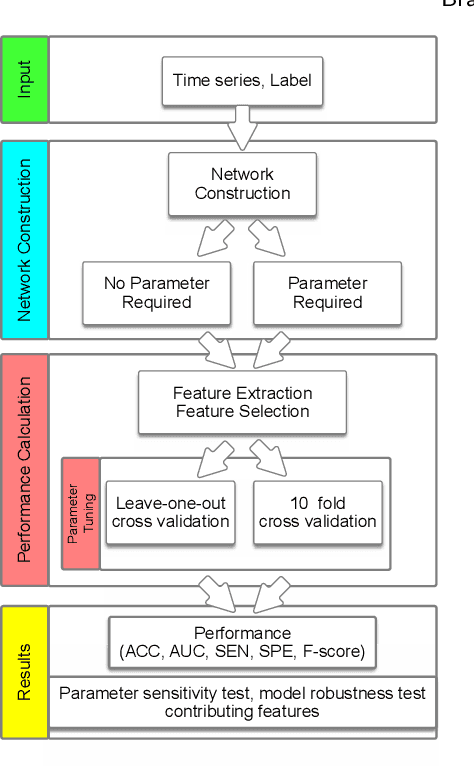
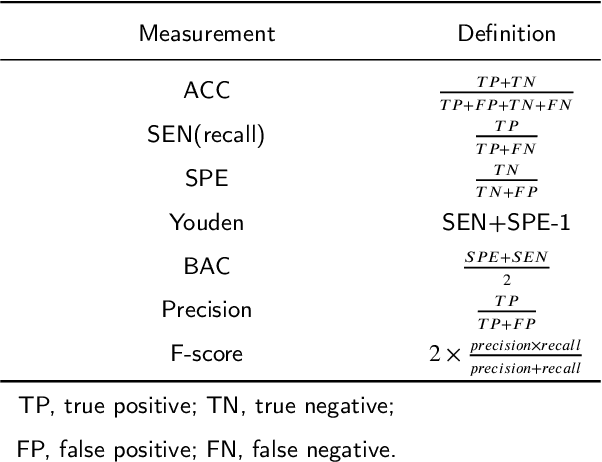
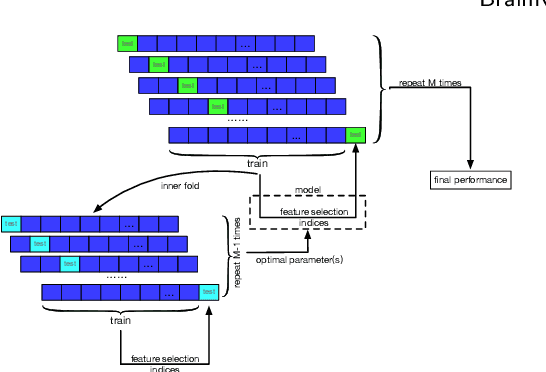
Abstract:Brain functional network has become an increasingly used approach in understanding brain functions and diseases. Many network construction methods have been developed, whereas the majority of the studies still used static pairwise Pearson's correlation-based functional connectivity. The goal of this work is to introduce a toolbox namely "Brain Network Construction and Classification" (BrainNetClass) to the field to promote more advanced brain network construction methods. It comprises various brain network construction methods, including some state-of-the-art methods that were recently developed to capture more complex interactions among brain regions along with connectome feature extraction, reduction, parameter optimization towards network-based individualized classification. BrainNetClass is a MATLAB-based, open-source, cross-platform toolbox with graphical user-friendly interfaces for cognitive and clinical neuroscientists to perform rigorous computer-aided diagnosis with interpretable result presentations even though they do not possess neuroimage computing and machine learning knowledge. We demonstrate the implementations of this toolbox on real resting-state functional MRI datasets. BrainNetClass (v1.0) can be downloaded from https://github.com/zzstefan/BrainNetClass.
A Comprehensive Performance Evaluation for 3D Transformation Estimation Techniques
Jan 16, 2019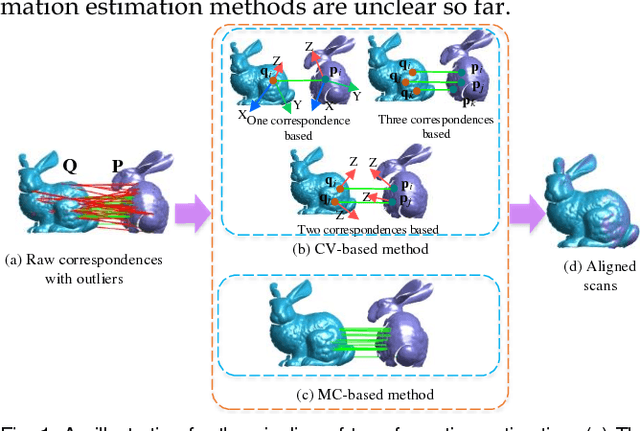
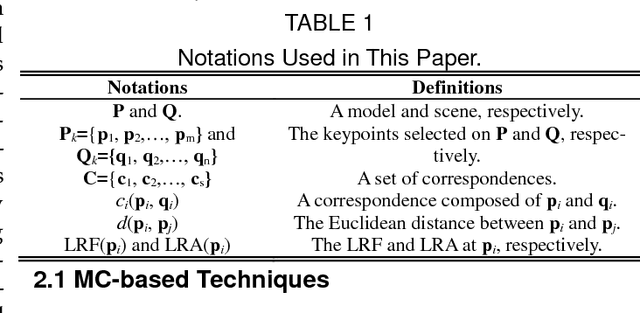
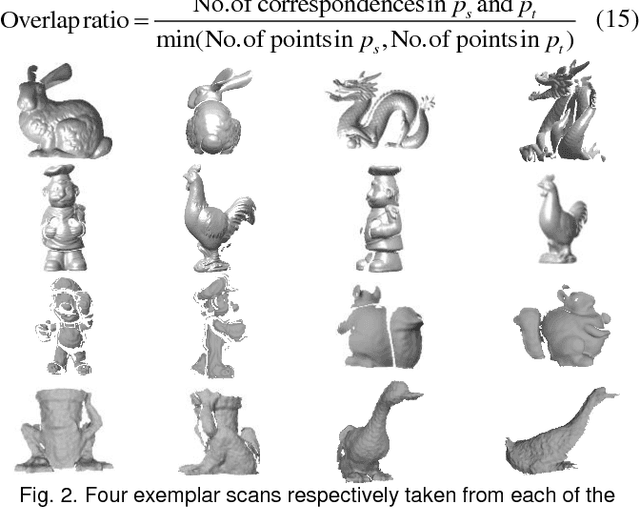

Abstract:3D local feature extraction and matching is the basis for solving many tasks in the area of computer vision, such as 3D registration, modeling, recognition and retrieval. However, this process commonly draws into false correspondences, due to noise, limited features, occlusion, incomplete surface and etc. In order to estimate accurate transformation based on these corrupted correspondences, numerous transformation estimation techniques have been proposed. However, the merits, demerits and appropriate application for these methods are unclear owing to that no comprehensive evaluation for the performance of these methods has been conducted. This paper evaluates eleven state-of-the-art transformation estimation proposals on both descriptor based and synthetic correspondences. On descriptor based correspondences, several evaluation items (including the performance on different datasets, robustness to different overlap ratios and the performance of these technique combined with Iterative Closest Point (ICP), different local features and LRF/A techniques) of these methods are tested on four popular datasets acquired with different devices. On synthetic correspondences, the robustness of these methods to varying percentages of correct correspondences (PCC) is evaluated. In addition, we also evaluate the efficiencies of these methods. Finally, the merits, demerits and application guidance of these tested transformation estimation methods are summarized.
 Add to Chrome
Add to Chrome Add to Firefox
Add to Firefox Add to Edge
Add to Edge